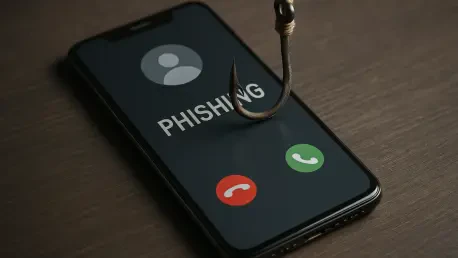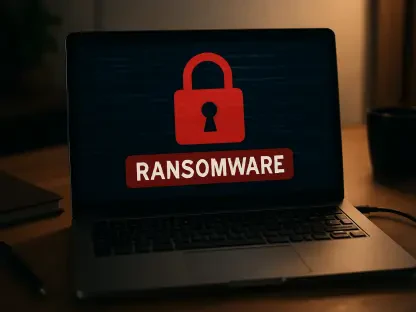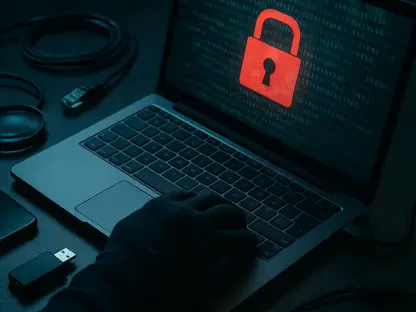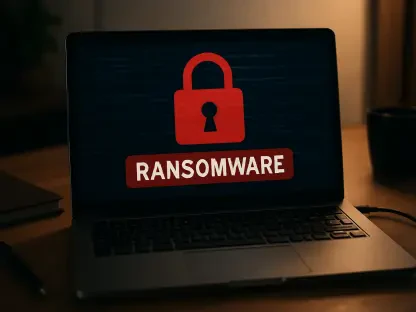A single convincing phone call can do what firewalls and passwords cannot, and that is exactly the scenario that played out when a caller used social engineering to reach Alumni Affairs and Development systems built for fundraising and engagement, prompting rapid containment and a scramble to assess how relationship data—contact details, donation records, and event attendance—could feed targeted scams even without Social Security numbers or bank accounts in the mix.
Why This Roundup Matters
This roundup brings together insights from incident responders, higher‑education risk leaders, and nonprofit fundraising advisors to explain what happened, why it mattered, and what should change next. Though opinions differ on where to focus first—controls, culture, or vendor risk—the collective message is clear: relationship data is a rich target, and phone phishing has become a preferred way to reach it.
Moreover, the breach landed in a sector already pressured by decentralized governance and sprawling integrations. Several voices emphasized that universities must treat advancement systems like high‑value environments, not administrative backwaters, because attackers already do.
How The Vishing Worked, According To Practitioners
Security practitioners describe a familiar playbook: role‑based manipulation over the phone to elicit credentials or prompt a session handoff, often supported by caller‑ID spoofing and believable context about campaigns or donor outreach. Some compared the method to a recent Princeton case, arguing that advancement offices are uniquely exposed due to constant external calls and collaboration with volunteers and vendors.
However, there was disagreement on prevention tactics. Training helps, but responders cautioned that no amount of awareness fully neutralizes real‑time pressure. Several recommended call‑back workflows to known numbers, while others argued for reducing live access and relying on just‑in‑time privileges that expire quickly.
What Data Exposure Means For Donors
Fundraising consultants noted that the affected records—biographical notes, contact information, donation histories, and event trails—mirror CRM profiles designed to support personalized outreach. They do not usually include payment cards or bank details, yet they carry enough context to power bespoke spear‑phishing and gift‑redirect scams.
In contrast, some privacy advocates focused on reputational and safety considerations for high‑profile donors. Their stance: segment sensitive relationship intelligence, tighten role scopes, and practice data minimization so the organization can engage meaningfully without stockpiling unnecessary details that amplify harm when breached.
Response And Assurance, Through A Breach Lens
Incident responders credited the quick access cutoff, third‑party forensics, law enforcement notification, and monitoring as aligned with standard playbooks. Notifications went out once emails in affected systems were identified, and no further intrusion was observed after containment.
Yet assurance had limits. Several voices warned against equating “no SSNs” with low impact, urging teams to tune anomaly detection to CRM workflows—watching for unusual exports, mass views, or after‑hours reporting pulls—and to apply adaptive MFA plus continuous session validation for staff who must operate in the open.
The Higher‑Ed Pattern Everyone Noticed
Risk leaders placed this breach alongside recent attacks on universities and campaigns that touched Oracle E‑Business Suite environments, arguing that the academic and nonprofit ecosystem is tightly interlinked. Decentralized governance, donor databases, volunteer access, and vendor connectors create more paths than a typical corporate stack.
Some advocated shared defense models: cross‑institution threat intelligence on social engineering lures, vendor risk tiers specific to advancement tech, and common standards for voice‑based verification. Others pushed for procurement levers—requiring phishing‑resistant MFA and event‑level logging before signing contracts.
Actionable Guidance From The Field
Across sources, practical steps converged. Institutions should enforce call‑back verification for sensitive requests, require phishing‑resistant MFA for CRM access, and alert on anomalous exports or bulk record views. Development teams can use script‑based verification, escalate odd requests, and verify via a separate channel before disclosing details.
On the donor side, advisors urged validation of solicitations through official portals, ignoring urgent payment redirections, and reporting suspicious outreach to alumni offices. Several recommended vishing tabletop exercises, pruning stale records to reduce blast radius, and publishing clear breach updates to preserve trust.
Final Take
This incident showed that people and process gaps invited the phone‑based intrusion, while relationship data enabled precision scams even without financial credentials. The most credible plans blended culture and controls: reduce standing access, verify voice interactions, monitor CRM‑specific anomalies, and right‑size retained data. For those seeking depth, the next step was comparing institutional playbooks, testing vishing defenses against real scenarios, and aligning vendor requirements to phishing‑resistant standards that better matched how advancement actually worked.









